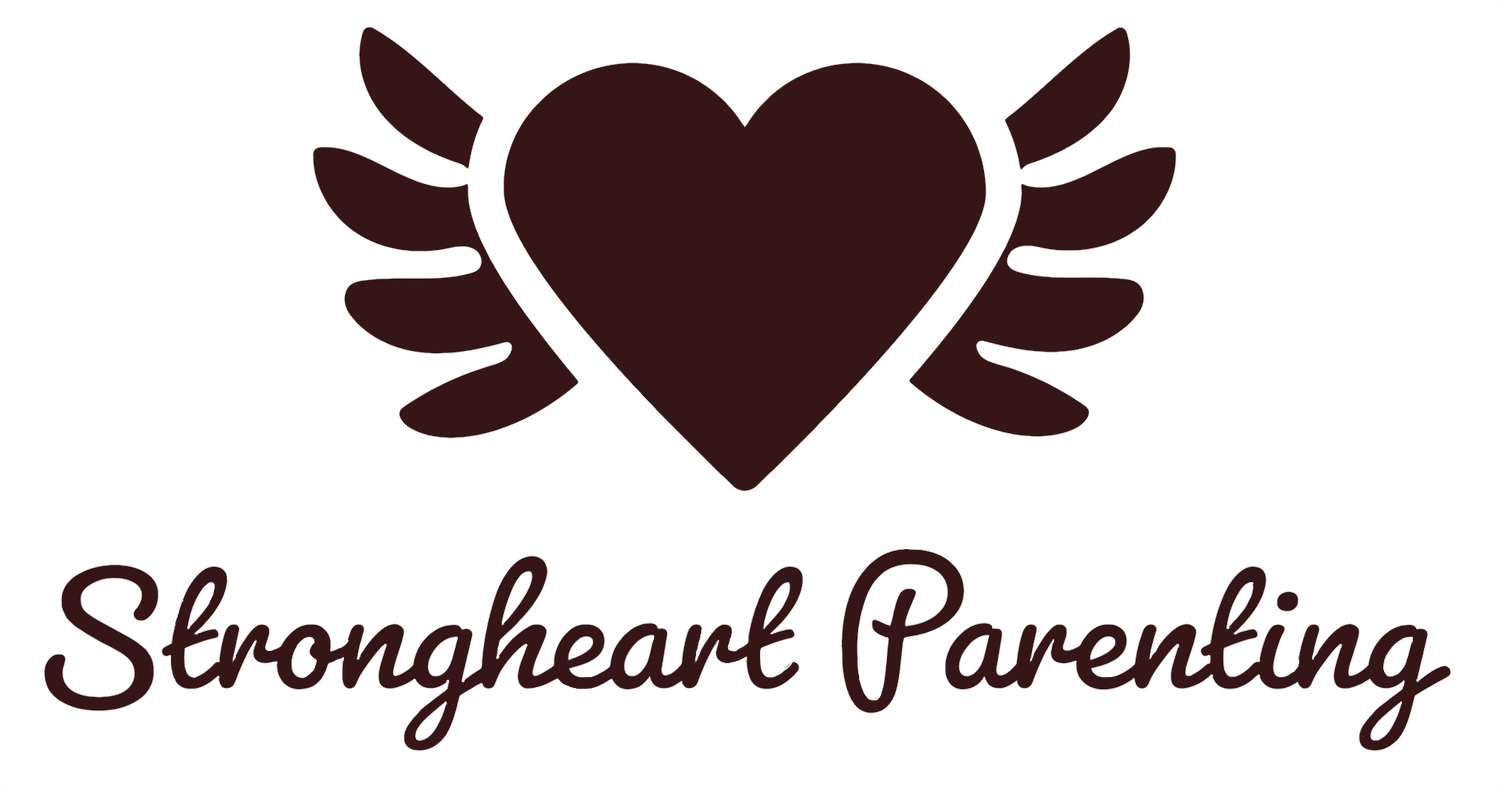Why Crossing the Midline Activities Helped this Child Listen to his Teacher — Integrated Learning Strategies
Remember all of the games and activities you'd play as a kid, at birthday parties and your parent's summer work picnic, that just seemed to be part of the common language of play? Wheelbarrow races, crab walking, skipping, hopscotch, bead stringing, windmill toe-touching. All of these require your left and right sides of the brain to work together, which builds the neural pathways for tasks where brain integration is necessary — like reading long lines of text.
According to Integrated Learning Strategies, a Utah academic support center for children of all abilities, "A child’s motor planning (jumping, bouncing running), auditory (retaining letters and sounds, listening to the teacher), and sensory input (behavior, focus, attention), and organizational skills used for math, in many cases is now suffering because we did not allow our children adequate time to develop these critical milestones used for helping the left and right sides of the brain work together."
In our quest for better education for our kids, we are failing in our education of our kids. All of this "just play" we just to do in kindergarten, preschool, and the early grades, actually creates foundations for learning in ways that sitting and doing worksheets, and working on a computer simply can not. This is one of the reasons I'm such a big fan of play-based preschools, child-directed learning, progressive education, and homeschooling. These philosophies give children the time and space to explore the world and really feed their bodies.
I'm digressing a little, but all of this works together. Get a start by reading more about midline-crossing at Integrated Learning Strategies' Learning Corner. Search their site—they have many great articles on this topic!
photo: Integrated Learning Strategies






